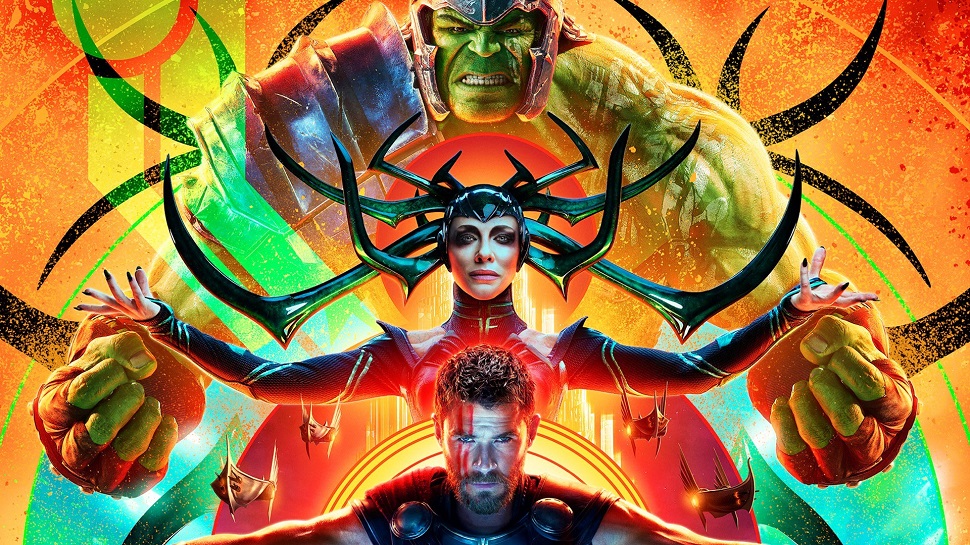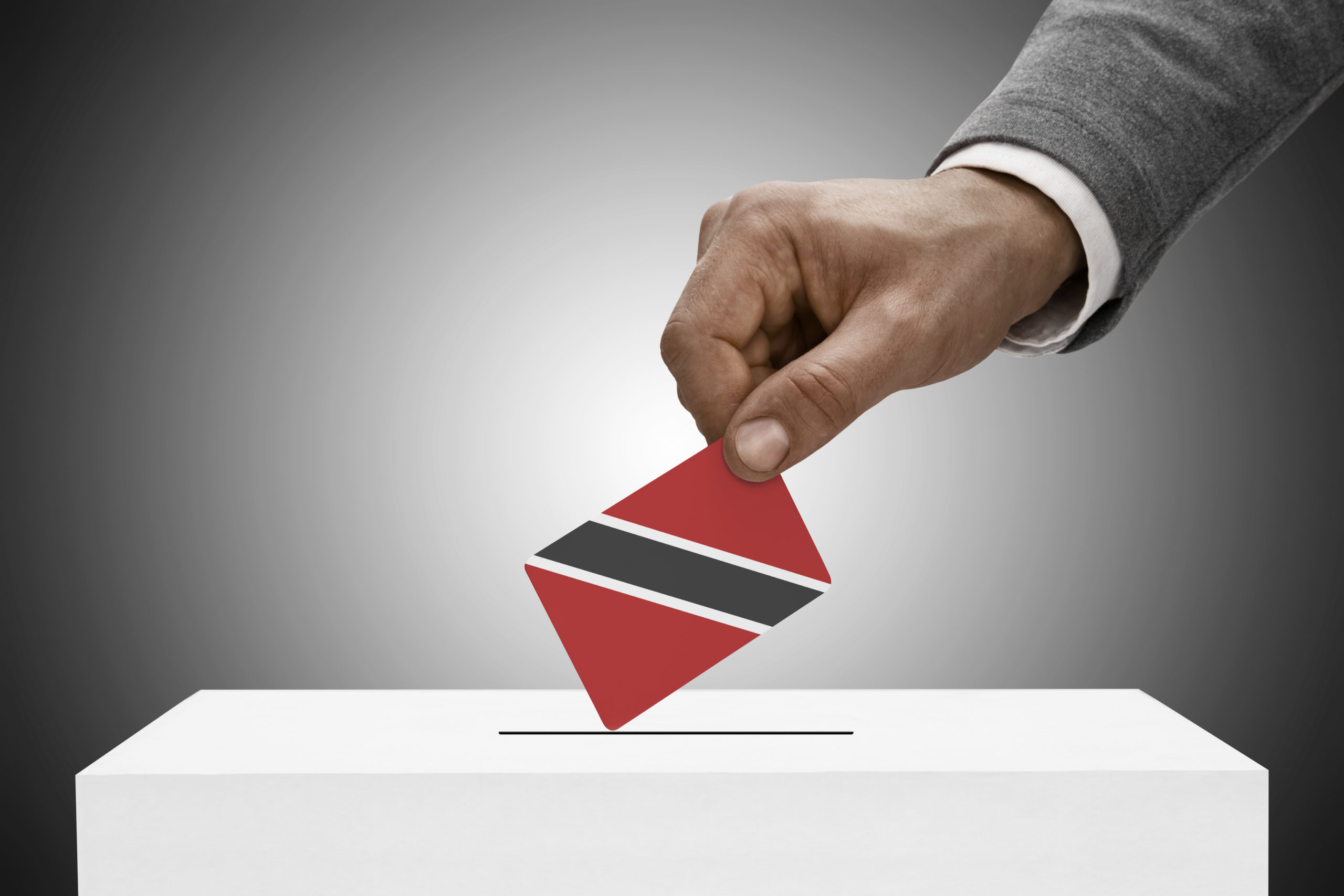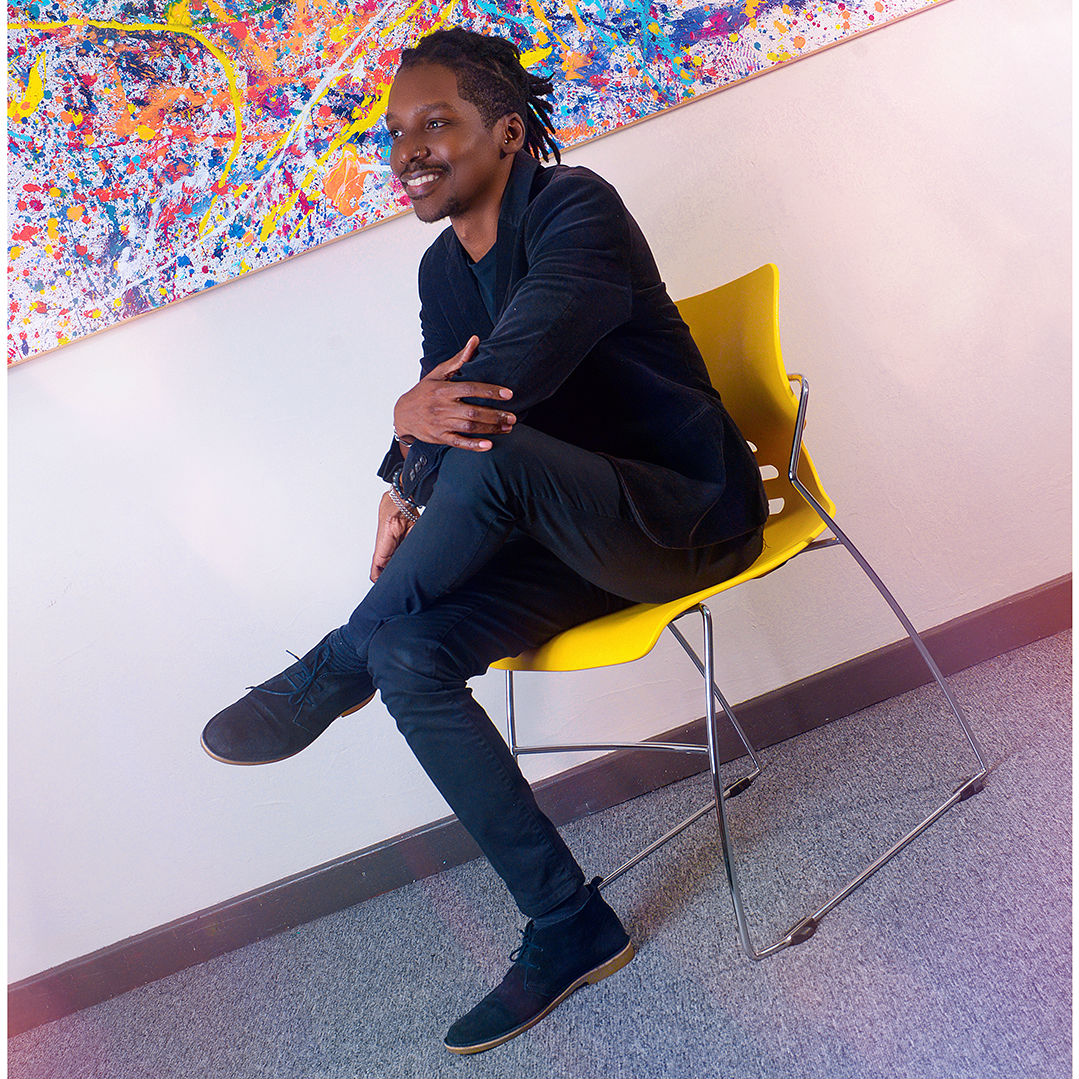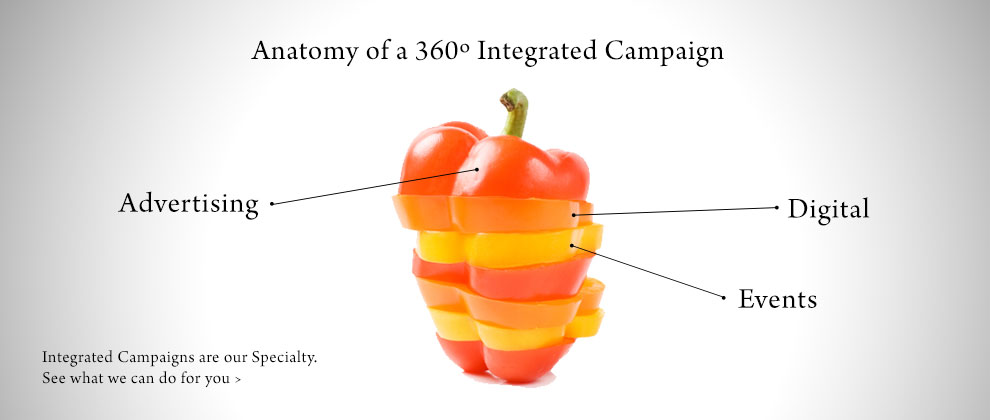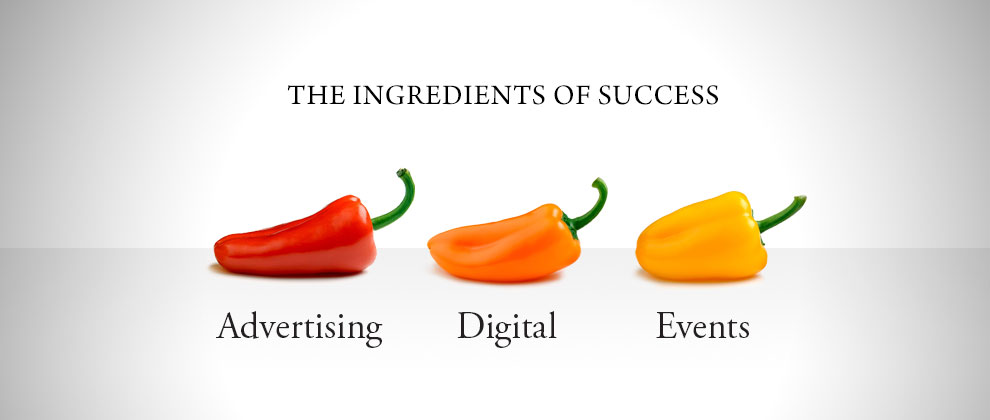“Every story tells a story that has already been told.” – Umberto Eco, The Name of the Rose
One of the great struggles of the creative is finding a new way to tell an old story. Umberto Eco, an Italian writer from the postmodernist school of thought, believed that there are, in fact, no new stories at all—just adaptations. So if nothing is new under the sun, how do we hold the interest of our audience? How do we give them something they haven’t seen a million times before?
Take, for example, the Marvel Cinematic universe. 17 movies into the superhero franchise, Thor: Ragnarok director Taika Waititi managed to make a film that resonates with audiences and critics alike, helmed by a protagonist that was previously given a lukewarm reception. What was the new way he told the old story? Well, for one, he used his indigenous New Zealander heritage as creative inspiration, including colour schemes and iconography from his Maori background.
This frame of reference informed his managerial decisions too—they shot in Australia, so he invited Aboriginal Australians to shadow the crew to gain film experience, and even had members of the Yugambeh mob (an indigenous group) come in to perform a welcoming ceremony. Both on and off-screen, he made the story fresh again by including a new perspective, and it did wonders for the movie and Waititi’s personal brand.
“Representation matters” has been an increasingly popular slogan, calling for more diversity in media. Audiences are hungry for that diverse perspective on the old story. In advertising, brands that discovered this early and jumped on the train are now miles ahead. Look at Dove’s “Real Beauty” campaign, which has been going strong for a solid 13 years. They zeroed in on what the average woman was experiencing; what were her fears and insecurities, and where that didn’t line up with the way women were being presented in media.
While many beauty products were bombarding women with what was wrong about their body, Dove was telling them they were just fine. And they included women of every size, colour and age. Of course, there were missteps; blunders in the campaign where they didn’t read the room right and came off as insincere. But when Dove resonated, it was because their audience felt emotionally connected to the story they were telling, without feeling like they were being sold an inauthentic or stereotypical version of themselves.
The ‘diverse perspective’ can mean different things to different audiences. An Indian herbal skin care brand called Banjara’s created a social activism campaign last year, pushing back on the cultural phenomenon of skin lightening. In a market saturated with ‘colourism’ (where lighter skin is valued over darker skin) they found their unheard voice, and they amplified it. It worked because it was culturally relevant.
But what does this direction look like on a Trinbagonian landscape? We are a country that boasts of our diversity, but are we as inclusive as we seem to be on the surface? What are our unheard voices, and our untold perspectives? An example that comes to mind is the toy you’ll find in the room of many a child: a doll. Toys like Barbie (and her compatriots, like Bratz, or Disney Princess dolls, etc. etc.) are in many households around Trinidad and Tobago, but how many of our children have dolls that look like them?
A former schoolmate of mine, Xala Ramesar, took on that daunting market a few years back with handmade dolls of her own, with a range of skin colours and hair types. She was only 18 when she was featured in the Guardian in an article about her brand KisKiddies, which have been delighting children all around the world. One person saw an opportunity to give an old story new life, and found a way to connect to audiences in a way that they were yearning for. Many large companies could learn from this young entrepreneur, who made it happen with very little resources. All it takes is a little courage, a little imagination, and a whole lot of authenticity to find your story.
